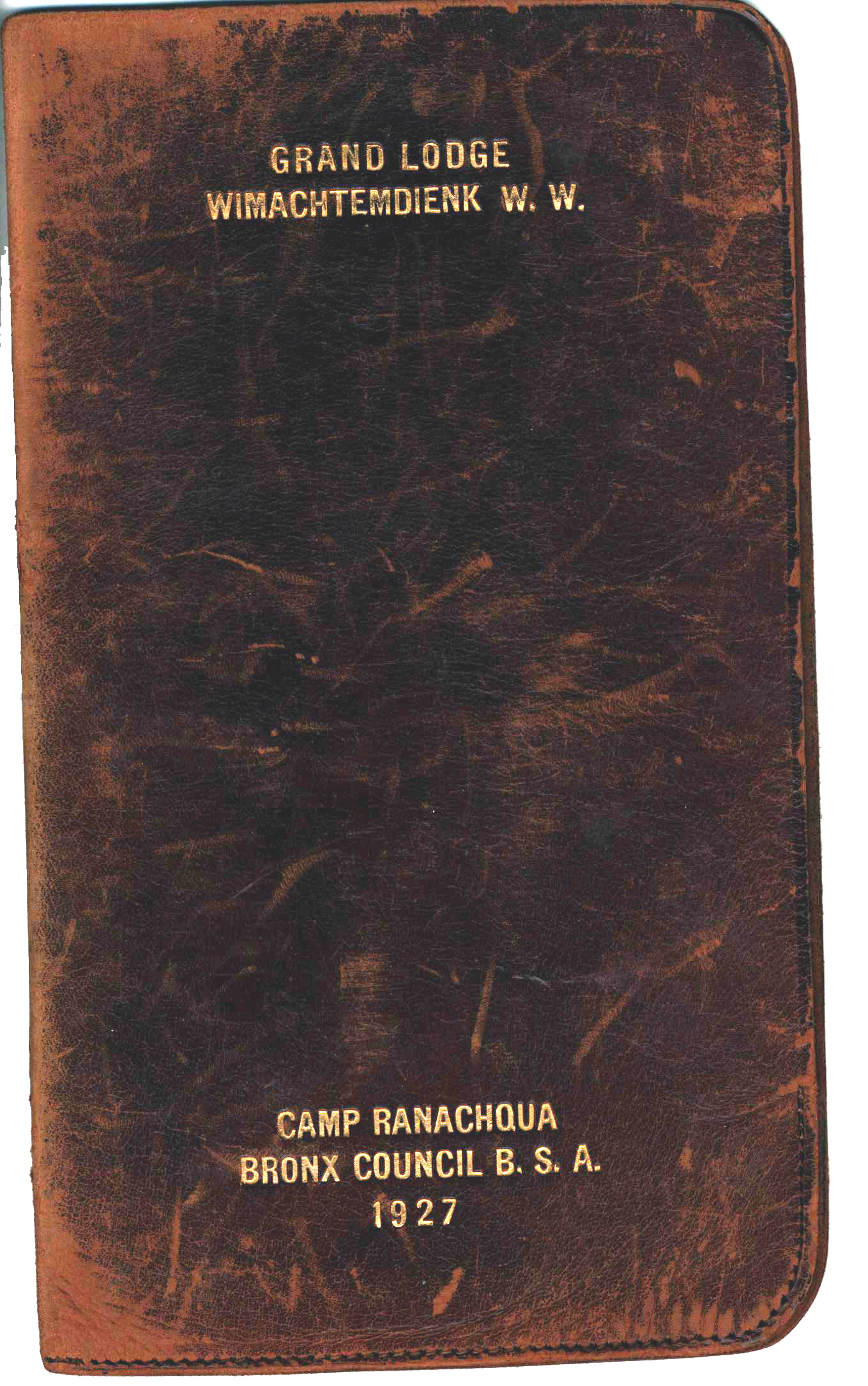Takodah Chapter of Owasippe
When Carroll A. Edson became a Field Executive in 1921 in Chicago Council it was only natural that he would bring Wimachtendienk with him. Chicago in 1921 had five geographic districts and a sixth “division” that was an overlay of the entire council. This division was the Douglas Division and it was for African American Scouts. No matter where in Chicago you lived, if you were Black then you were segregated into the Douglas Division. The Scouts of the Douglas Division also had their own camp, Camp Belnap. Camp Belnap ran the same camp program as the other camps within Owasippe Scout Reservation, except they did not have Order of the Arrow. This was for two reasons. Initially the Grand Lodge would not allow more than one lodge in a camp. But ultimately, the reason Belnap did not have OA was because of the Blood Rite (a ritual exchange of blood between participants) required in the Brotherhood Degree.
When E. Urner Goodman was placed in charge of Chicago in 1927 as Scout Executive he merged together the five Chicago Lodges and they formed the original five chapters of Owasippe. Shortly thereafter, the sixth chapter, Takodah Chapter was formed at Camp Belnap. The Arrowmen of Takodah Chapter are the oldest known African American Scouts in the Order of the Arrow. In 1932 three Takodah Chapter members, Emerson James, Horatio W. Isbell and Dr. William Benson became the first known African Americans to take the Brotherhood Degree.
In 1933 several members of Takodah Chapter including Emerson James and William Benson became the earliest verified African Americans to attend a Grand Lodge Meeting. In 1936 James presumptively became the first African American Vigil Honor member.
Takodah Chapter held social events as any other lodge and chapter of its era. In the 1930s their annual chaperoned dance was the big event. The dance program card from the 1935 Dance held at the renowned Savoy Ballroom is testament to the quality of the event. In the 1940s and 1950s Takodah held chapter fellowships. Eventually segregation ended in Chicago Council and the members of Takodah joined chapters based on their geographic location and not the color of their skin.
